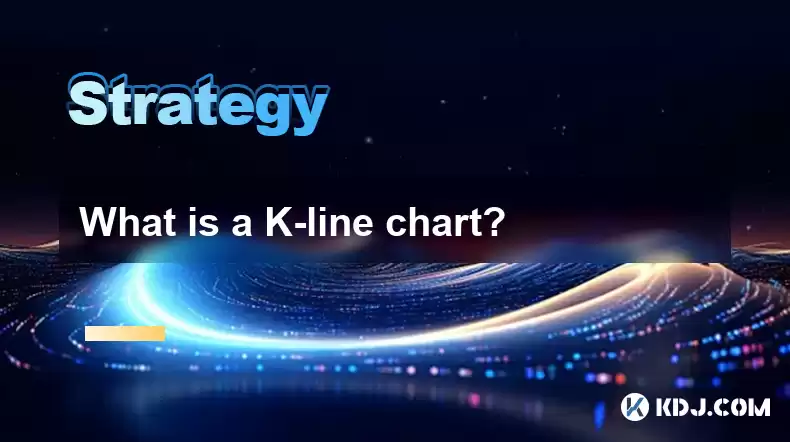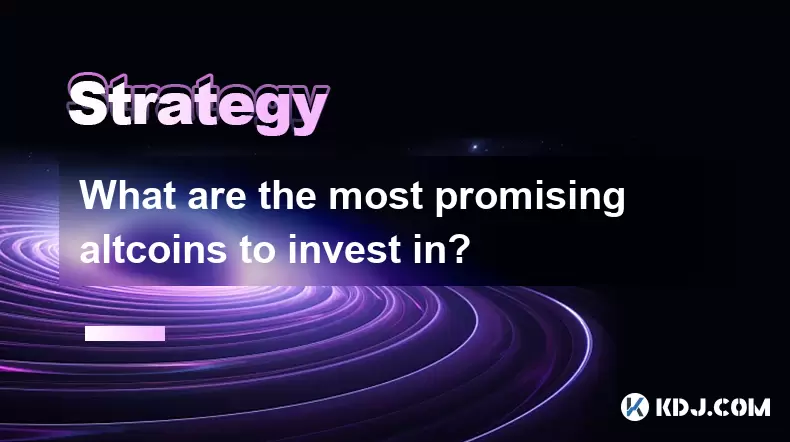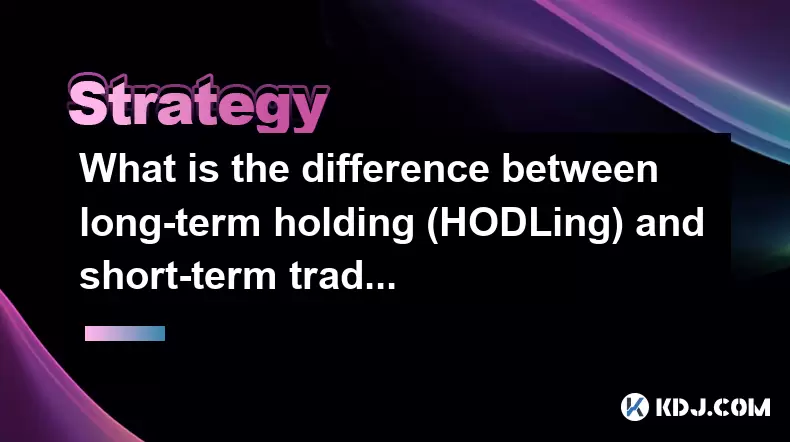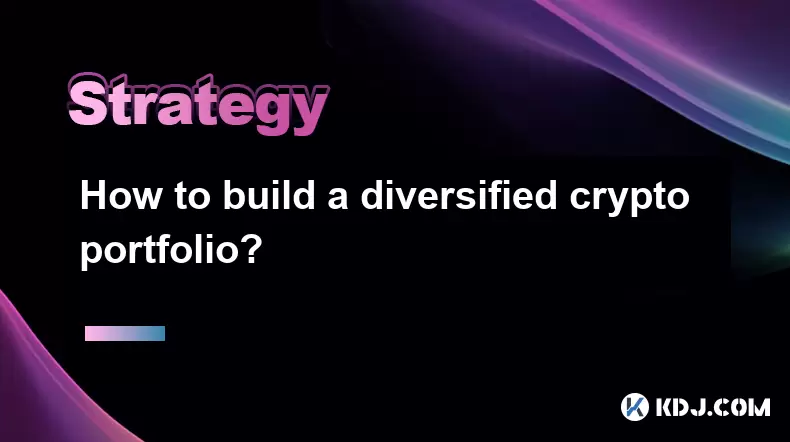-
 Bitcoin
Bitcoin $119000
-2.21% -
 Ethereum
Ethereum $4315
1.01% -
 XRP
XRP $3.151
-3.11% -
 Tether USDt
Tether USDt $0.0000
0.00% -
 BNB
BNB $808.5
-0.71% -
 Solana
Solana $175.8
-4.21% -
 USDC
USDC $0.9999
0.00% -
 Dogecoin
Dogecoin $0.2250
-3.92% -
 TRON
TRON $0.3469
1.77% -
 Cardano
Cardano $0.7818
-3.81% -
 Chainlink
Chainlink $21.47
-2.10% -
 Hyperliquid
Hyperliquid $43.30
-6.81% -
 Stellar
Stellar $0.4370
-2.84% -
 Sui
Sui $3.682
-4.40% -
 Bitcoin Cash
Bitcoin Cash $590.8
2.67% -
 Hedera
Hedera $0.2484
-5.20% -
 Ethena USDe
Ethena USDe $1.001
0.00% -
 Avalanche
Avalanche $23.10
-4.29% -
 Litecoin
Litecoin $119.2
-3.96% -
 Toncoin
Toncoin $3.409
0.90% -
 UNUS SED LEO
UNUS SED LEO $9.016
-1.29% -
 Shiba Inu
Shiba Inu $0.00001304
-3.82% -
 Uniswap
Uniswap $11.18
1.33% -
 Polkadot
Polkadot $3.913
-3.51% -
 Cronos
Cronos $0.1672
-3.08% -
 Dai
Dai $1.000
0.02% -
 Ethena
Ethena $0.7899
-4.70% -
 Bitget Token
Bitget Token $4.400
-1.23% -
 Pepe
Pepe $0.00001132
-5.93% -
 Monero
Monero $257.9
-6.44%
What is a K-line chart?
K-line charts, a technical analysis tool, facilitate the visualization of price movements by representing each period with a candlestick comprising open, close, high, and low prices.
Feb 20, 2025 at 10:16 am

What is a K-line Chart?
A K-line chart, also known as a Japanese candlestick chart, is a technical analysis tool used to visualize price movements of financial assets over time. It consists of a series of candlesticks, each representing a period of time (e.g., one minute, one hour, one day). Each candlestick comprises four key elements:
- Open: The opening price of the asset within the specified time period.
- Close: The closing price at the end of the time period.
- High: The highest price reached within the period.
- Low: The lowest price reached within the period.
Key Points
- A K-line chart provides a visual representation of price movements, making it easy to identify trends and patterns.
- Candlesticks can be colored differently (e.g., green, red) to indicate whether the closing price was higher or lower than the opening price.
- Different candlestick patterns can convey various market conditions, such as bullish or bearish formations, reversals, and consolidations.
- Trend lines, support and resistance levels, and other technical indicators can be applied to K-line charts to enhance analysis.
- K-line charts are commonly used in various investment strategies, including day trading, swing trading, and long-term investing.
Step-by-Step Guide to Reading a K-line Chart
Step 1: Identify the candlestick's body, which is the filled area between the open and close prices.
- A green body indicates a higher close than open (bullish).
- A red body indicates a lower close than open (bearish).
Step 2: Note the candlestick's upper and lower wicks, which extend from the top and bottom of the body, respectively.
- Long upper wicks signify higher highs, while long lower wicks indicate lower lows.
Step 3: Analyze candlestick patterns, which are formed by multiple candlesticks in a specific arrangement.
- Bullish patterns (e.g., hammer, dragonfly doji) suggest a potential reversal to the upside.
- Bearish patterns (e.g., hanging man, shooting star) suggest a potential reversal to the downside.
- Step 4: Identify trends and support/resistance levels by connecting the highs and lows of successive candlesticks.
- Step 5: Interpret momentum and volume indicators along with the K-line chart for a more comprehensive market analysis.
FAQs
Q: What are some limitations of K-line charts?
A: While K-line charts provide valuable insights, they may not always provide accurate predictions, especially in highly volatile markets or when used in isolation without other technical analysis methods.
Q: Are there different types of K-line charts?
A: Yes, there are variations, such as Renko charts and Heikin-Ashi charts, which use different methods to calculate candle formations.
Q: Can K-line charts be used for intraday trading?
A: Yes, K-line charts offer real-time price data, enabling traders to analyze short-term price movements and make quick trading decisions.
Q: What is the difference between a line chart and a candlestick chart?
A: Line charts plot the closing prices as a continuous line, while candlestick charts provide a more comprehensive visual representation with open, close, high, and low prices.
Disclaimer:info@kdj.com
The information provided is not trading advice. kdj.com does not assume any responsibility for any investments made based on the information provided in this article. Cryptocurrencies are highly volatile and it is highly recommended that you invest with caution after thorough research!
If you believe that the content used on this website infringes your copyright, please contact us immediately (info@kdj.com) and we will delete it promptly.
- Japan, Bitcoin, and Treasuries: A New Era of Corporate Finance?
- 2025-08-12 18:30:12
- Bitcoin Bull Market: Decoding the Indicators for the Next Big Move
- 2025-08-12 18:30:12
- Do Kwon's Terra Collapse: From 'Not Guilty' to Guilty Plea?
- 2025-08-12 18:50:12
- Material Efficiency, Traceability, and Trust: The New Pillars of Sustainability
- 2025-08-12 18:50:12
- PumpFun (PUMP) Price: Riding the Meme Coin Wave or Facing a Wipeout?
- 2025-08-12 16:50:12
- Uniswap's Legal Clarity Fuels Price Target: Will UNI Hit $12.85?
- 2025-08-12 17:30:13
Related knowledge

How to use stop-loss orders to limit potential losses?
Aug 08,2025 at 02:01pm
Understanding Stop-Loss Orders in Cryptocurrency TradingA stop-loss order is a risk management tool used by traders to automatically sell a cryptocurr...

What are the most promising altcoins to invest in?
Aug 10,2025 at 11:42am
Understanding the Role of Private Keys in Cryptocurrency WalletsIn the world of cryptocurrency, private keys are the cornerstone of ownership and cont...

How to read cryptocurrency charts and use technical analysis?
Aug 08,2025 at 11:08am
Understanding the Basics of Cryptocurrency ChartsCryptocurrency charts are graphical representations of price movements over time. These charts are es...

What is the difference between long-term holding (HODLing) and short-term trading?
Aug 10,2025 at 05:30pm
Understanding HODLing in the Cryptocurrency SpaceThe term HODL originated from a typo in a 2013 Bitcoin forum post and has since become a widely accep...

How to do your own research (DYOR) before investing in a crypto project?
Aug 08,2025 at 09:07pm
Understanding the Core Principles of DYOR in CryptocurrencyEngaging in due diligence before investing in any cryptocurrency project is essential to mi...

How to build a diversified crypto portfolio?
Aug 09,2025 at 12:21pm
Understanding the Importance of Diversification in CryptoDiversification in the cryptocurrency space is a strategy used to reduce risk by spreading in...

How to use stop-loss orders to limit potential losses?
Aug 08,2025 at 02:01pm
Understanding Stop-Loss Orders in Cryptocurrency TradingA stop-loss order is a risk management tool used by traders to automatically sell a cryptocurr...

What are the most promising altcoins to invest in?
Aug 10,2025 at 11:42am
Understanding the Role of Private Keys in Cryptocurrency WalletsIn the world of cryptocurrency, private keys are the cornerstone of ownership and cont...

How to read cryptocurrency charts and use technical analysis?
Aug 08,2025 at 11:08am
Understanding the Basics of Cryptocurrency ChartsCryptocurrency charts are graphical representations of price movements over time. These charts are es...

What is the difference between long-term holding (HODLing) and short-term trading?
Aug 10,2025 at 05:30pm
Understanding HODLing in the Cryptocurrency SpaceThe term HODL originated from a typo in a 2013 Bitcoin forum post and has since become a widely accep...

How to do your own research (DYOR) before investing in a crypto project?
Aug 08,2025 at 09:07pm
Understanding the Core Principles of DYOR in CryptocurrencyEngaging in due diligence before investing in any cryptocurrency project is essential to mi...

How to build a diversified crypto portfolio?
Aug 09,2025 at 12:21pm
Understanding the Importance of Diversification in CryptoDiversification in the cryptocurrency space is a strategy used to reduce risk by spreading in...
See all articles

























































































